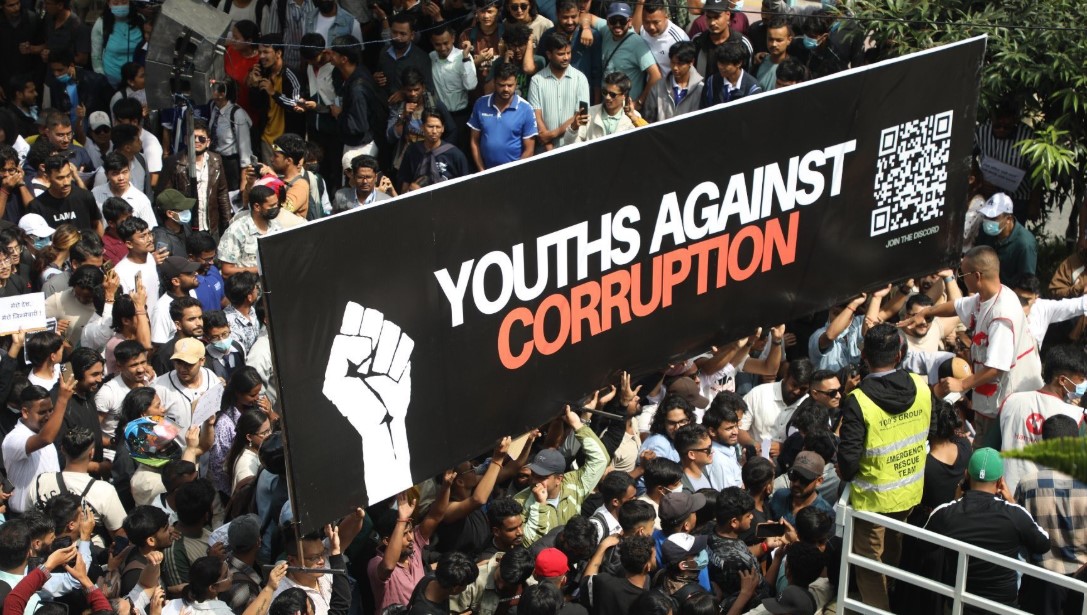Nepal Protest is the talk of the town now. When Nepal’s government decided to block some of the world’s biggest social media platforms four days ago, it probably didn’t expect the move to trigger such a storm. Streets soon filled with angry young protesters, raising questions: Why did the ban push students toward unrest? Was it just about freedom of speech or also about losing a vital source of income for thousands of digital creators?
To understand the chaos, let’s break down why the ban was imposed, how it hit Nepal’s digital economy, and who was really behind the protests.
Why Did Nepal Ban Social Media?
The decision followed a Supreme Court order that required all major global platforms, including Facebook, to officially register in Nepal. Despite repeated notices and extensions, tech giants like Meta simply didn’t comply.
Frustrated, the government issued five separate public notices in November 2023 and even sent formal letters to the companies. Finally, on August 28, authorities gave platforms seven days to register. When the deadline passed without action, the ban came into effect.
Who Got Blocked and Who Didn’t
The ban covered some of the biggest names in tech: Facebook, Messenger, Instagram, X (formerly Twitter), LinkedIn, Reddit, Threads, YouTube, Snapchat, Pinterest, Signal, Clubhouse, and Rumble.
Interestingly, a few platforms escaped the crackdown because they had already registered, including TikTok, Viber, Viktack, Nimbuzz, and Popo Live.
The timing couldn’t have been worse for creators. Facebook had just rolled out a monetization program in Nepal, allowing users to earn money directly from reels, posts, and videos. With the ban, that income stream dried up overnight leaving many young digital entrepreneurs frustrated and worried about their future.
Who Fueled the Protests?
Observers believe that the NGO Hami Nepal played a central role in mobilizing the protests. The group reportedly utilized platforms such as Instagram and Discord to disseminate messages and rally students.
Instructional videos, as well as guides on how to protest, were shared online. Students were told to bring their school bags and books and to show up in uniform. During the demonstrations, banners reading “Youths Against Corruption” also linked to Hami Nepal were prominently displayed.
The Bigger Picture
What started as a legal compliance issue quickly snowballed into a debate on freedom, livelihood, and the digital economy in Nepal. For a generation that sees social media not just as entertainment but as a career, the ban felt like having the rug pulled out from under them.
The government now faces a tricky balancing act: enforcing its rules without alienating an entire generation of young creators who see their future in the digital world.
